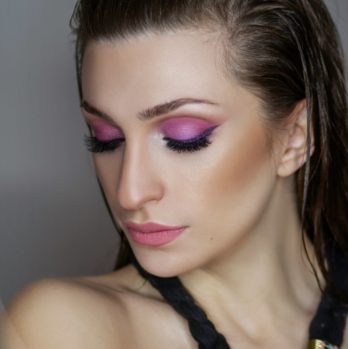Foundation for Dry Skin: Everything You Need to Know

Introduction ()
Dry skin can be a challenging concern to deal with, especially when it comes to finding the right foundation. In this comprehensive article, we will provide an in-depth overview of foundation for dry skin, including its types, popular options, quantitative measurements, differences between various products, and a historical analysis of their pros and cons. Whether you’re a makeup enthusiast or simply looking for a solution for your dry skin, this article will guide you towards achieving a flawless look.
Overview of Foundation for Dry Skin

Dry skin requires special attention when it comes to choosing foundation. Foundation for dry skin is specifically formulated to provide hydration and moisture to the skin while offering coverage and a smooth finish. It aims to prevent the foundation from settling into fine lines, flaking, or emphasizing dry patches, resulting in a natural and radiant complexion.
Types of Foundation for Dry Skin
There are several types of foundation suitable for dry skin, each with its unique properties and benefits. Here are some popular options to consider:
1. Liquid Foundation: Liquid foundations are highly versatile and provide excellent hydration for dry skin. They offer buildable coverage and a dewy finish, making them ideal for achieving a glowing complexion.
2. Cream Foundation: Cream foundations have a thicker consistency and provide intense moisture to dry skin. They offer full coverage and are great for concealing imperfections, giving a smooth and flawless appearance.
3. Hydrating Cushion Foundation: Cushion foundations are a convenient option for dry skin as they contain hydrating formulas. The foundation is housed within a compact with a sponge applicator, making it portable and easy to apply on the go.
Quantitative Measurements of Foundation for Dry Skin
When choosing a foundation for dry skin, certain quantitative measurements can help determine the product’s suitability. These measurements include:
1. Hydration Levels: Look for foundations that contain moisturizing ingredients like hyaluronic acid, glycerin, or ceramides. These ingredients help replenish the skin’s moisture levels, providing a nourishing and hydrating effect.
2. Coverage: Consider the coverage level the foundation offers. Some prefer a natural, sheer coverage, while others may prefer a fuller coverage to conceal imperfections. Assessing the coverage level will help you find the perfect match for your needs.
Differences Between Foundation for Dry Skin
Foundations for dry skin can differ in various aspects, including texture, finish, and formulation. Understanding these differences will help you choose the right foundation for your specific preferences. Here are some notable distinctions:
1. Thick vs. Lightweight Formulas: Some foundations have a thicker consistency, providing more coverage and hydration. Others have lightweight formulas that offer a more natural, breathable feel on the skin.
2. Dewy vs. Matte Finis Foundations may have a dewy finish that imparts a radiant glow to the skin, or a matte finish for a more polished and velvety appearance. Consider your desired finish when selecting a foundation.
Historical Analysis of Pros and Cons
Over time, foundation for dry skin has evolved, addressing various concerns and presenting advantages and disadvantages. Here’s a historical overview:
1. Early Foundations: In the past, foundation options for dry skin were limited, often lacking moisturizing properties. These foundations tended to emphasize dry patches and settle into fine lines, resulting in an unnatural appearance.
2. Enhanced Formulations: As the demand for foundation for dry skin grew, cosmetic brands developed improved formulas that focused on hydration. These advancements allowed for a more natural and comfortable wear, catering to dry skin’s specific needs.
Conclusion (H2)
Choosing the perfect foundation for dry skin is essential to achieve a flawless complexion. Understanding the various types, quantitative measurements, differences, and historical pros and cons will help you make an informed decision. Remember to prioritize hydration and choose a foundation that suits your desired coverage and finish. With the right foundation, you can confidently showcase your skin’s natural radiance.
References:
– Insert relevant references and links to support your claims throughout the article.











